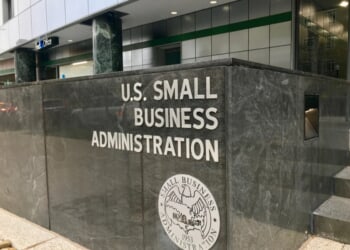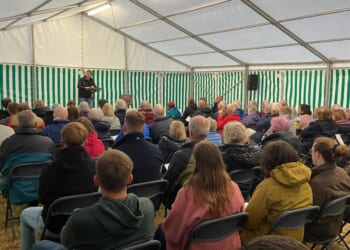Cllr Liam Downer-Sanderson is a councillor for Fulham Town Ward on Hammersmith and Fulham Council.
On July 3rd, I was elected as the Conservative councillor for Fulham Town ward with an increased majority, five percentage points clearer of the Lib Dems than we were in May 2022. Given that our national vote share has halved since then, this was a statement win. Labour’s vote collapsed, the Lib Dems fell back, and Reform failed to register meaningfully. For London Conservatives, it was the morale boost we needed ahead of the 2026 local elections where we hope to make gains in Hammersmith & Fulham and take back Westminster and Wandsworth Councils.
Here’s how we did it and what it means.
First, let’s not overstate what this says nationally. Inner London politics is its own beast. Reform struggles here among a wealthier, more metropolitan electorate, though the Lib Dems can be more competitive. So, no sweeping claims about national strategy – that’s a conversation for another day.
In Fulham Town, five parties stood: Labour, Lib Dems, Greens, Reform and us. Many voters told us they’d never had so many knocks at the door or leaflets through it. It was relentless, with every party wanting to prove they could win or at least perform respectably in leafy West London.
With Reform surging nationally, we were curious how many votes they might pick up. They campaigned with energy, sometimes turning out decent numbers. But by the end, we realised something. We never saw them canvassing. They strolled up and down Fulham Road, hung out in the pub or delivered leaflets, but they weren’t on the doorstep (at least rarely). That mattered. Reform voters were often soft. When we turned up, listened and showed we cared, many were open to backing us as the only real local alternative to Labour.
Meanwhile, our team was relentless. Some days just a few of us, other days up to 30 people. Our message was simple, local and candidate focused. That allowed us to identify key voters early and go back two or three times with the same focused message.
Under a London Labour-run Council, the local issues are predictable: crime, parking and traffic chaos. Residents feel like London is becoming lawless under a Mayor more focused on PR campaigns than knife crime or shoplifting. We desperately need a Conservative Mayor, one willing to tackle crime head-on with a reformed Met. We need officers spending less time worrying about offensive tweets or the latest pronouns and more time arresting criminals and protecting the public.
And then there’s the war on drivers. Six years of delay on Hammersmith Bridge, soaring parking charges and divisive LTNs pitting neighbour against neighbour. Labour is making life harder for residents and businesses alike.
For anyone thinking of standing in future elections, especially in London, here’s my advice: knock on doors. Not a few — all of them. Voters reward candidates who show up. Speak like a human, listen more than you talk, don’t over-promise, and never underestimate the power of a handwritten note, a local story, or a simple thank you.
Be disciplined. Proper canvassing with good voter ID, followed by persuasion conversations near polling day, is still the gold standard. Work out how many votes you need to win, then go out and find them, plus a few extra. Focus on the low-turnout and undecided voters who can tip the balance. With the right message and a personal touch, you can win them over.
For next year’s borough-wide elections, we need a clear plan on the big issues. What we would do differently from Labour, and why it matters. We can’t just rely on Labour’s unpopularity. We need to turn out the Conservative vote and squeeze the Lib Dem and Reform vote. Simple clear local policies and sharp squeeze messaging will get us there.
The end of this year and the start of next is a crucial window. Unlike in a by-election, we won’t have the resources to flood every marginal ward with activists week after week. That makes it essential to select candidates now and get them straight to work. Most of the voter ID work should be done by next Spring, giving time to sharpen the message and focus on the key audiences: driving turnout and persuading the undecided. The groundwork laid early will be what allows campaigns to cut through when it counts.
Finally, to selection panels and local members: give that young candidate a chance. Don’t let lack of experience stop someone energetic and enthusiastic. These campaigns are long. Again and again, voters told me how glad they were to see a fresh face, someone representing a new generation. That mattered. I was a clear break from the past, a sign of a fresh start. If we want to win across London and beyond, we need to look like the future – candidates with deep local roots, from all walks of life, including younger people willing to give it their all.







![Illegal Alien Walked Free After Decapitating Woman, Abusing Corpse for Weeks [WATCH]](https://www.right2024.com/wp-content/uploads/2025/07/1753013138_Illegal-Alien-Walked-Free-After-Decapitating-Woman-Abusing-Corpse-for-350x250.jpg)






